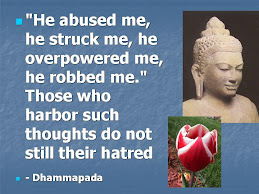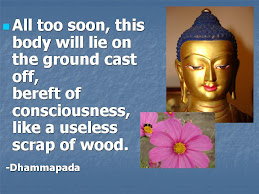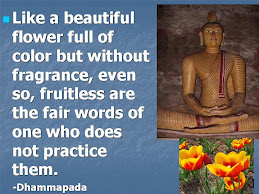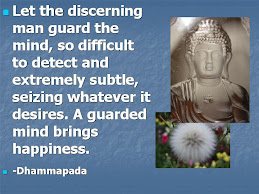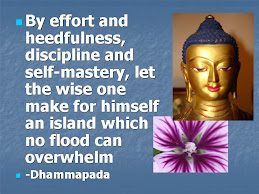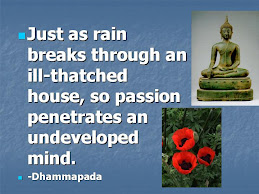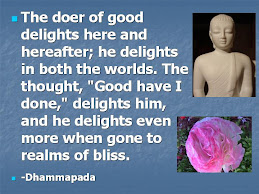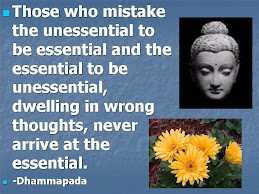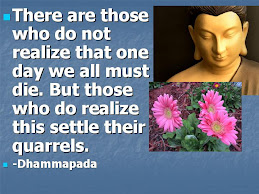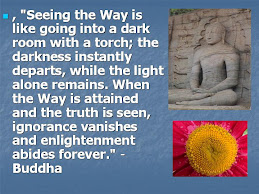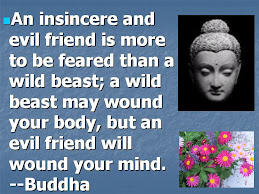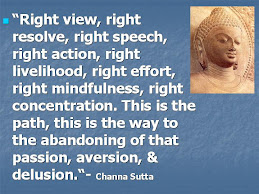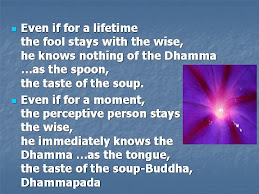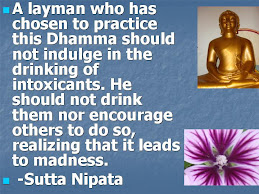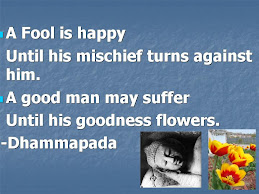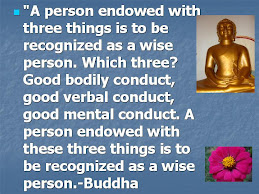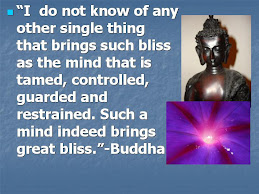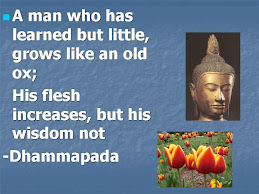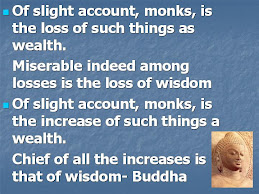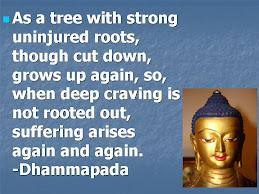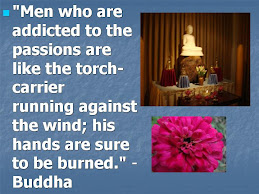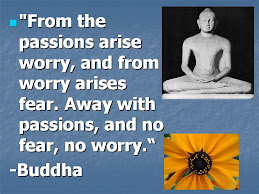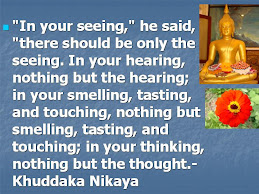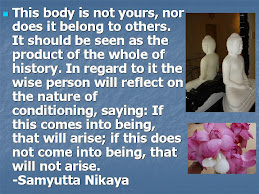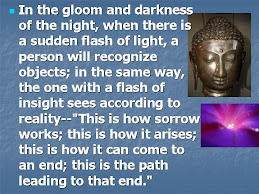Saturday, November 24, 2007 8:50:03 AM
Dear Dr. Walpola,
Thanks much for sending this along....I've looked at your blog and it is very interesting and informative.
May you too be well, happy and peaceful..Warmest wishes,
Richard Davidson
Richard J. Davidson
William James and Vilas Research
Professor of Psychology and PsychiatryDirector,
W.M. Keck Laboratory for Functional Brain Imaging and Behavior,
Wisconsin Center for Affective Science, and
Center for Mind-Body Interaction
University of Wisconsin-Madison
1202 West Johnson StreetMadison,
WI 53706Phone: 608-262-8972
FAX: 608-265-2875www:
http://tezpur.keck.waisman.wisc.edu
Thursday, September 27, 2007 1:37:49 PM
Hello Dr. Piyal,
Thank you for sending me the link to your blog. You have indeed enriched your site with so many important and pragmatic teachings of the Buddha. After having surfed your site I found it very interesting. No doubt whoever will visit your site will find it pretty useful. Thank you for taking time to create this site for the benefit of the many.
Blessings !
Bhante Saranapala
Wednesday, September 26, 2007 9:57:40 AM
That was an amazing site – I even spent a few minutes (during my busy schedule) to read some.
Thank you
Charinee
Wednesday, September 26, 2007 10:39:04 AM
Hi! Indi and Piyal,
I was reading through the mindfulness article posted by Piyal, and I think it's an amazing compilation of facts, theories and philosophical analysis. Reading it first thing this morning when I got into work, set my mind in the right direction. Thank you and keep up the good work. You will be blessed!
Manju
I am forwarding this to some of my co-workers.
Thursday, September 13, 2007 1:49:33 PM
Hi Dr.Walpola,
Thank you for reinforcing your message of Dhamma by creating this very informative blog. Keep up the good work. Through this Dhamma Dana we hope you will be able to truly understand the Four Noble Truths in this very lifetime!
All the best,
The Pannila Family
Sunday, September 2, 2007 4:15:40 PM
Dr. Piyal
We pay our homage to this great, everlasting gift you have presented to the readers by way of "Dhamma".This will be an eye opener as well as a great resource for those who are interested in mind culture. May you reach the supreme goal in this life time.
Athula
Sunday, September 2, 2007 2:03:45 AM
To. Dr.Piyal Walpola,
Dear Sir,
We were very happy to see your website on Dhamma. It reminded us the great saying of our Lord Buddha" Dhamma Danang Sabba Danang Jinathi" This indeed is a great work from which many could get benefited. If one can turn their minds inside by reading your great work,they would start seeing something that they have not seen before. You are showing the way to those who have the thirst for it.Once one sees the glimpse of it they will then realise the happiness does not lie on outside objects but inside. We have only read a part. We will read all the articles and hoping to come back again.May you be blessed by more wisdom to spread more Dhamma to the world.
Rev. Jinarathana, Saman and Ratnapala.We were very happy indeed.
Thursday, August 30, 2007 1:08:39 PM
Hi! Piyal,
This is great! I didn't get the chance to look at everything, but will do so. I have forwarded your link to some people who I felt can benefit from your interpretations and knowledge. Thanks and merit to you for making a difference in peoples' lives.
Manju
Thursday, August 30, 2007 3:21:29 P.M
Piyal
What a terrific idea. I have looked through your site and it is very comprehensive and easy to read.
Would it be okay with you if I announce your blog in my upcoming September newsletter? Please let me know.
I look forward to hearing from you soon.
Cheers
Anne
Anne Dranitsaris, Ph.D.
Centre for Mindful Therapies
109 Old Kingston Road, Unit 14
Ajax, ON
L1T 3A6
905.428.1404 ex. 201
Fax: 905 .428.1602
adranitsaris@mindfultherapies.com
Thursday, August 30, 2007 2:31:55 PM
Hi Piyal,
Thanks a lot for showing us the path to attain the supreme bliss of Nibbana.you will surely be blessed. there are a few of us who really admire what you are doing, not only professionally, but also spiritually to enlighten us and make us better human beings!may the Noble Triple Gem bless you and and your family always.Your long time friend
Dileeni
Wednesday, August 29, 2007 3:48:35 PM
Dear Dr. Piyal,
I have checked into your personal blog. This is so wonderful. I wonder how you find time to maintain this site. Your blog contains very important articles related to the most crucial teachings of the Buddha which I think people will find of great interest. Thank you for maintaining this blog.
Blessings !
Bhante Saranapala
Wednesday, August 29, 2007 10:04:10 AM
Dear Piyal,
The blog site looks very professional. It's a wonderful venue for Dhamma. Well done.
All the very best,
Ajahn Viradhammo
Wednesday, August 29, 2007 1:46:58 AM
Hi Piyal,
I did go through some of it yesterday, and it was quite nice.Thank you.However, so far, I could not think of anything to comment on.Take care,
Rohantha






























